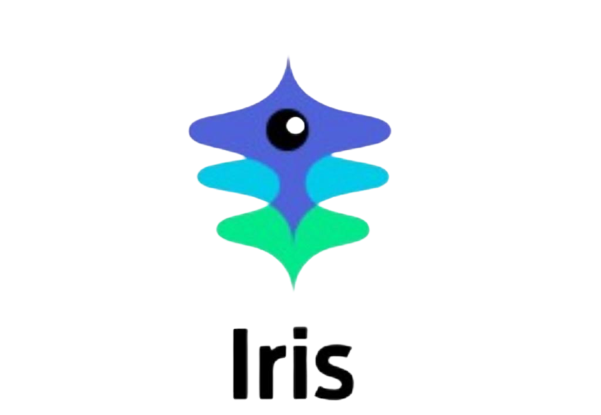PET-CT
Positron Emission Tomography and Computerised Tomography is one of the advanced and highly sensitive imaging tools that help in accurate and early detection of cancer by identifying the metabolic signals of cancerous cells within an individual. Besides, CT provides a detailed account of the shape, size and location of the cancer growth. Thus, a PET-CT helps in understanding dimensions and the stage of cancer, at the same time. PET-CT has designated a more accurate technique in detecting cancer than any other method.
PET-CT for Cancer
- Detecting cancer
- Revealing whether your cancer has spread
- Checking whether a cancer treatment is working
- Finding a cancer recurrence






